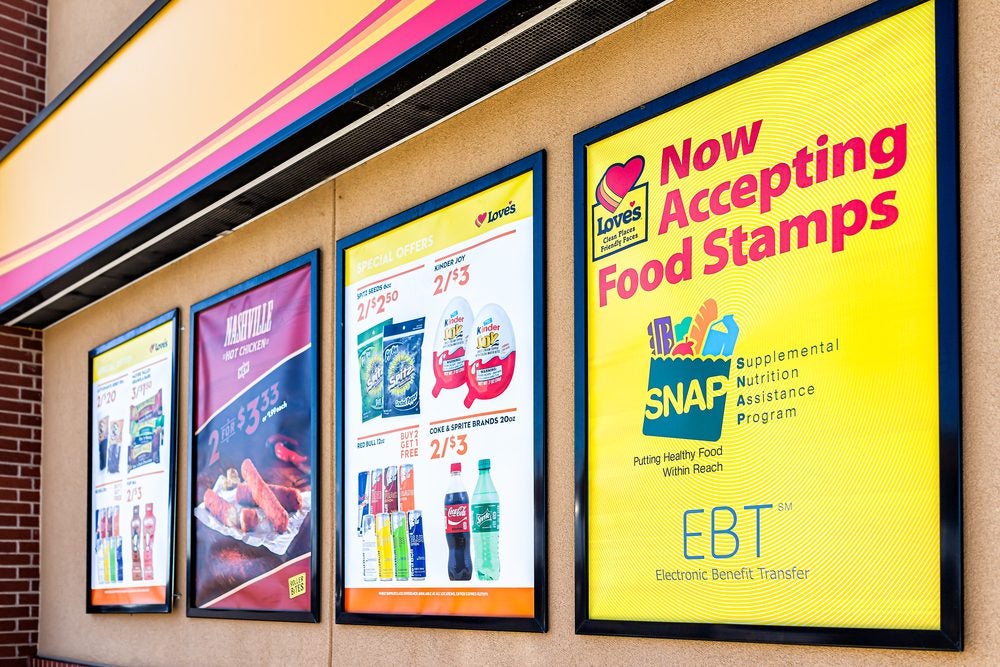An online loyalty program has helped boost reader loyalty and satisfaction for EkstraBladet, the largest single copy newspaper in Denmark.
About 30,000 readers have opted-in to the Ekstrapanelet program, while another 16 participate in the Sportspanelet group, said Sven Michelsen, CRM manager in a session here yesterday.
In the first year of Sportspanelet, a survey showed that participants in the sports news program were 10% more likely to read the newspaper. And 56.8% said that while in the past they may have read the paper but never purchased it, the program has changed that fact. Overall, 90.3% said they had perceived positive changes in the sports section since the start of Sportspanelet — an interesting statistic, said Michelsen, since the section itself has changed little.
Sportspanelet was launched in 2002 as a test prior to the launch of Ekstrapanelt, which is a more general interest program. Questionnaires inviting readers to enroll were inserted into the newspaper and posted online. 90% of responses were via the Web and 10% via mail. If people responded that they had interest in a particular sport, they received another questionnaire asking what teams the reader preferred to customize their e-newsletter content. Responses back to the reader were made to look like they came directly from the sports editor, a tactic Michelsen said generated positive feedback from readers.
Readers receive content in the e-newsletters customized to their favorite teams and sports; what their interests were determined how frequently they were contacted. If they enjoy a sport covered frequently by the paper, like soccer, they’re in the loop on a regular basis. But if swimming is their game, they won’t hear from EkstraBladet quite as often, noted Michelsen.
Another feature is the Sportsagent icon, which members can download to their desktop to receive the latest news, a scan of the front page of that day’s sports section, polls and other content.
The launch of EkstraPanelet in 2003 opened the program up to the entire readership. A questionnaire offered biographies of the four chief editors and what they cover. The intent, said Michelsen, was “This is who we are. Tell us who you are.”
Readers can get content in both e-mail and SMS formats. Michelsen noted that while getting readers to sign up initially, now that the initial wave has opted-in, finding more participants is difficult. Contests and other incentives are being used to try and goose sign-ups.
But getting people to respond is only have the battle; they also need to opt in. While a total of 46,000 are in the program, another 50,000 responded to the questionnaires to share their opinions, but didn’t opt in. That’s still a plus, says Michelsen, as it shows they’re involved with the paper enough to want to share their thoughts.
At present, while the program is cost effective, there is no advertising in the newsletters. Michelsen said the paper is hesitant both from an editorial and readership trust standpoint. A “member get member” banner resulted in the largest number of opt-outs ever for the program, added Tomas Gorrissen, CEO of Gorrissen, which works with the paper. “You have to watch what you send to participants,” he said. “If you [betray] that mental contract, they’ll say that wasn’t part of the deal.”
While Denmark’s other dailies position themselves as “wise but boring” news authorities, EkstraBladet strives to have a more provocative and irreverent tone, looking to be perceived as an “aggressive and wise” watchdog for the common person, said Michelsen.
A television campaign with the tagline “Put up with EkstaBladet or put up with anything” enforces that tone. Television commercials ask viewers to imagine a world without the newspaper, and then show skits with consumers being abused by vendors, such as one woman who has her sales receipt eaten by a haughty clerk trying to stop her from returning a chipped vase.
The current daily circulation is 530,000 on weekdays and 490,000 on Sunday. Sixty percent of readers are male. Ninety percent of the newspaper’s sales are single copy, and only 10% are subscriptions. As single copy sales are more profitable and delivery costs are high, this suits Michelsen just fine. The cost per copy is $2 on Sundays and $1.85 on weekdays.
The paper has faced several challenges to circulation, including increased competition from sources like the Web, free dailies and round the clock television news. A decrease in the number of available outlets to sell newspapers — from about 10,000 five years ago to 7,000 now — has also been a problem.



